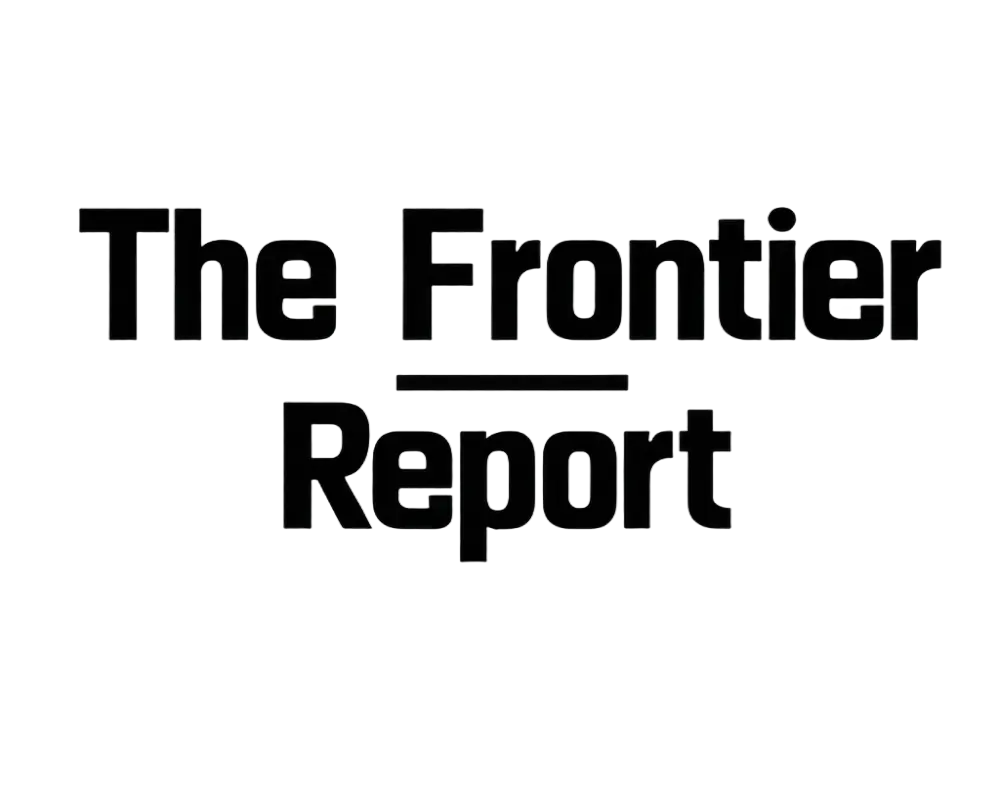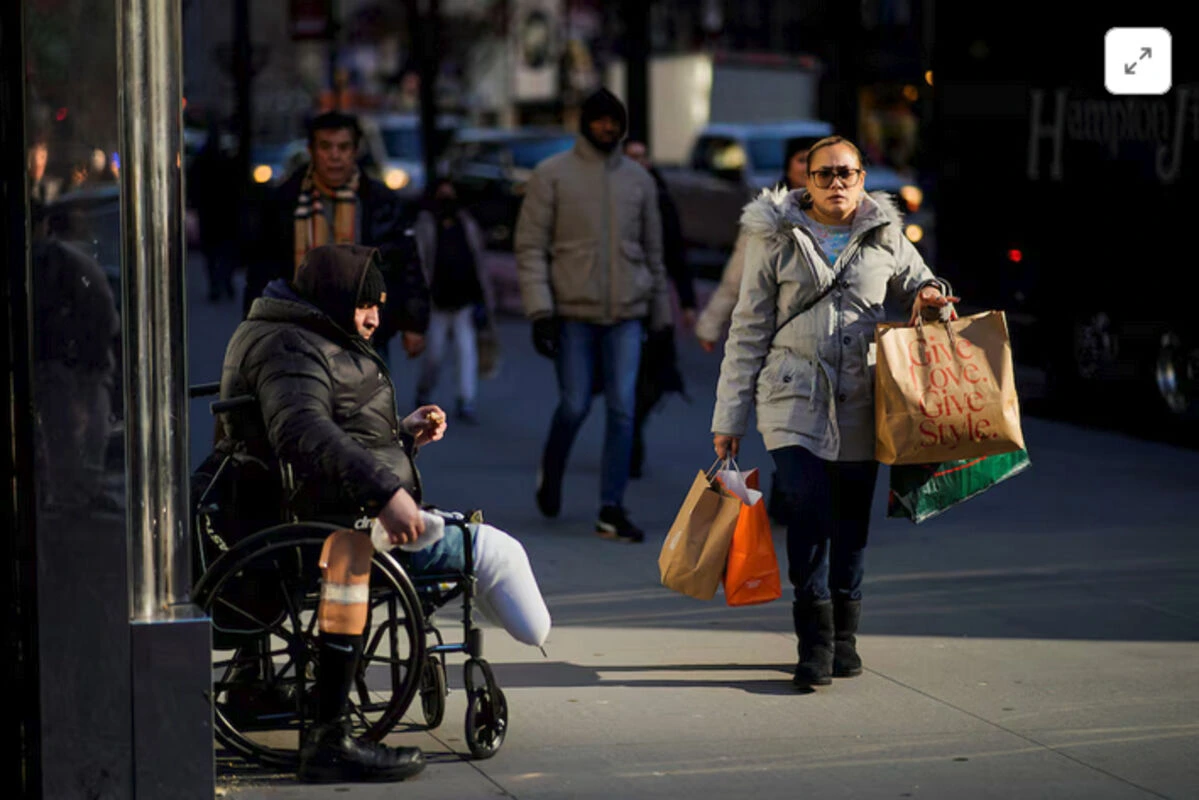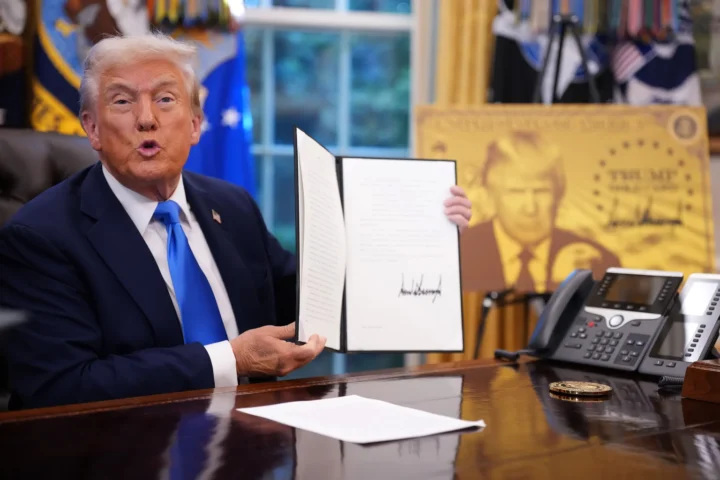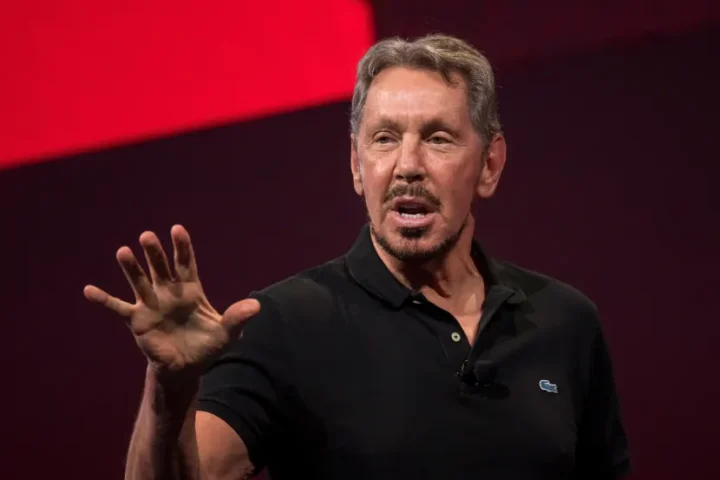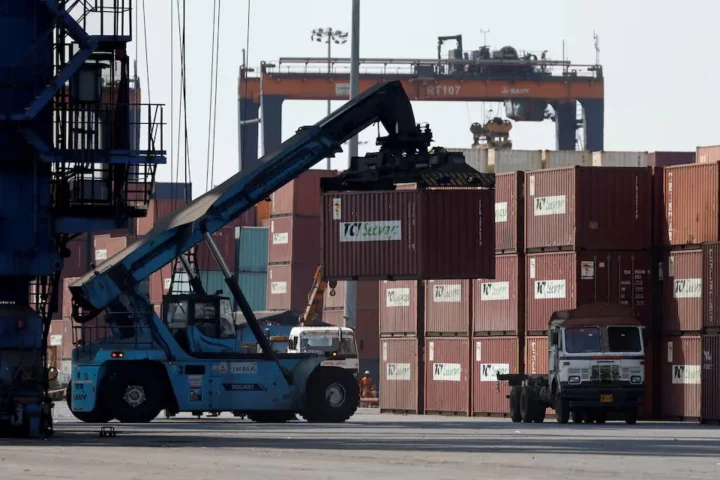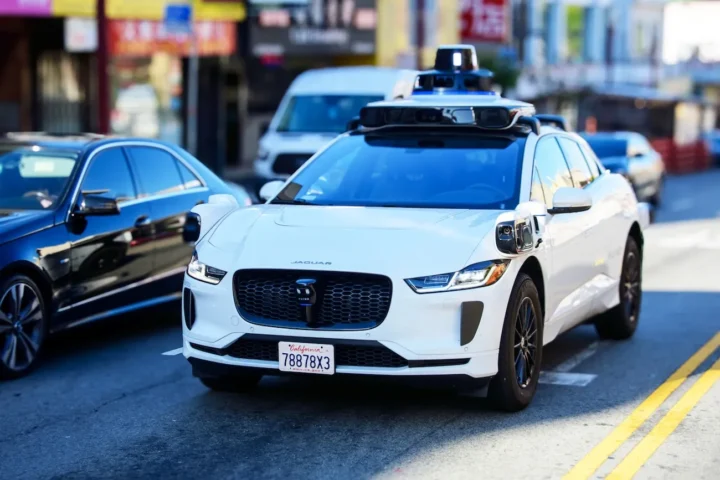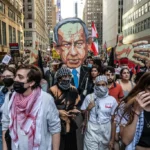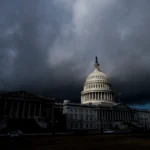Inflation Accelerates in August
New government figures reveal prices rose faster for Americans in August. This highlights continuing financial difficulties for families, making it tougher for the Federal Reserve to decide what to do next. The Labor Department reports prices for consumers went up 0.4% compared to last month. This is the biggest increase since January. Prices rose 2.9% over the last year, a bit more than the 2.7% increase seen in July.
Prices, not including groceries or gas, went up a little, increasing 0.3% since July. Over the last year, these prices climbed 3.1%. Lawmakers pay attention to this number because it shows how prices are changing, without big swings from gas or food costs.
Costs went up in August, mainly because housing is still becoming more expensive even though the housing market isn’t as hot. Food also cost more, whether you bought it at the store or ate at a restaurant. Experts observe companies now raise prices because of import taxes, worldwide shipping changes, things that didn’t affect costs much before.
People will pay more for things now, which is tough since many families already struggle with expensive loans. Families now spend a larger portion of their money on necessities such as housing, groceries, home energy. This leaves them with less money for things they want instead of things they need. Even though prices aren’t rising as quickly as they were last year, the recent increase makes people worry about whether costs will settle down or keep going up in ways that feel difficult to handle.
Jobless Claims Surge Toward Four-Year High
Prices are rising quickly, also the job market feels stressed. More Americans requested unemployment assistance recently. A total of 263,000 people filed claims during the week that ended September 6. This is the largest figure since October 2021. Job numbers jumped by 27,000 compared to last week, a result that caught financial experts off guard. They predicted a small increase, but the actual change was much larger.
The number of people getting unemployment checks stayed near 1.94 million, meaning people who lost jobs are still locating new ones, though it seems to be happening at a slower pace now compared to the start of the year. Experts noted a portion of the rise in claims resulted from local situations, like Texas. Recent floods there, coupled with greater benefits, probably increased the claim count. Claims are generally increasing, it’s hard to miss.
More people filed for unemployment benefits after a few months where job growth eased, also, earlier reports showed fewer jobs added than first thought. Companies in many industries hired fewer people, especially in factories or stores. Pay increases, which previously helped people manage expenses, now happen less often.
Expenses increase, the job situation gets worse, these things worry people who work. Joblessness stays very low, at 4.1%, yet more people are applying for benefits. This makes people wonder if the job market will weaken for a while.
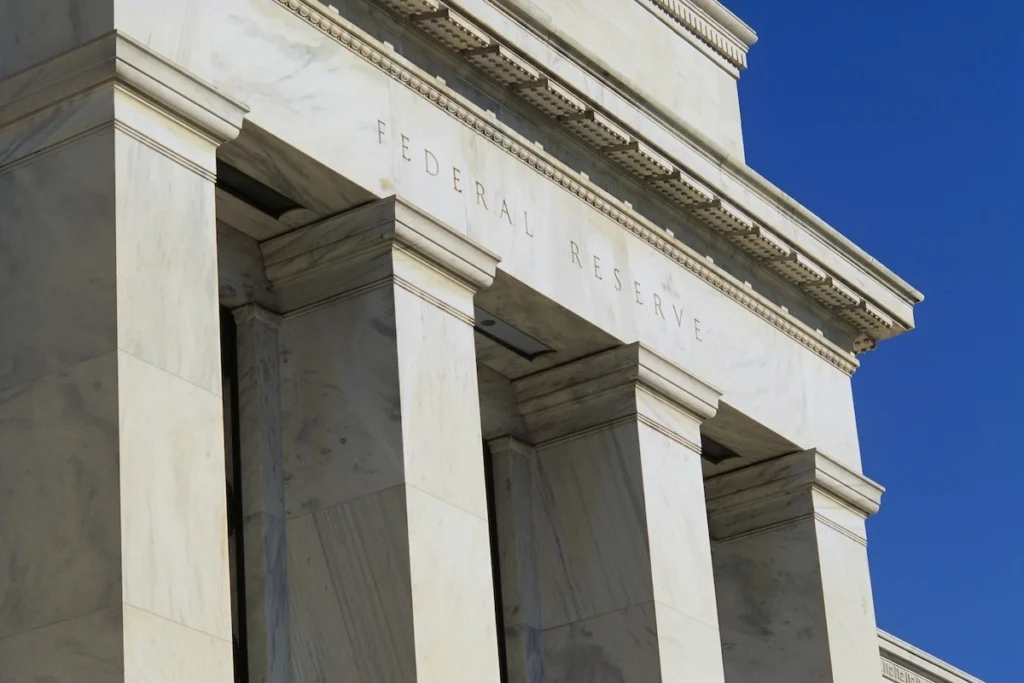
Policy Dilemma for the Federal Reserve
Increasing prices combined with more people filing for unemployment create a tricky situation for the nation’s central bank. Leaders suggest they will lower borrowing costs later this year to help economic growth, yet recent price increases create difficulty for that plan. Cheaper loans might cause prices to go up even more, yet keeping rates the same could mean more people lose jobs quickly.
People who follow financial markets believe the Federal Reserve will lower interest rates soon. They think officials want to help the economy grow, protect jobs if the job situation gets worse. Now, Federal Reserve Chair Jerome Powell, along with other officials, face challenges explaining why they should lower interest rates when prices still climb higher than their goal of 2%. Experts suggest increasing prices combined with fewer job opportunities could lead to a difficult economic situation. This situation happens when prices keep going up, even when the economy slows down. Things aren’t as bad now as they were in the 1970s, yet the similarity is enough to make companies, people who invest money, government officials carefu

